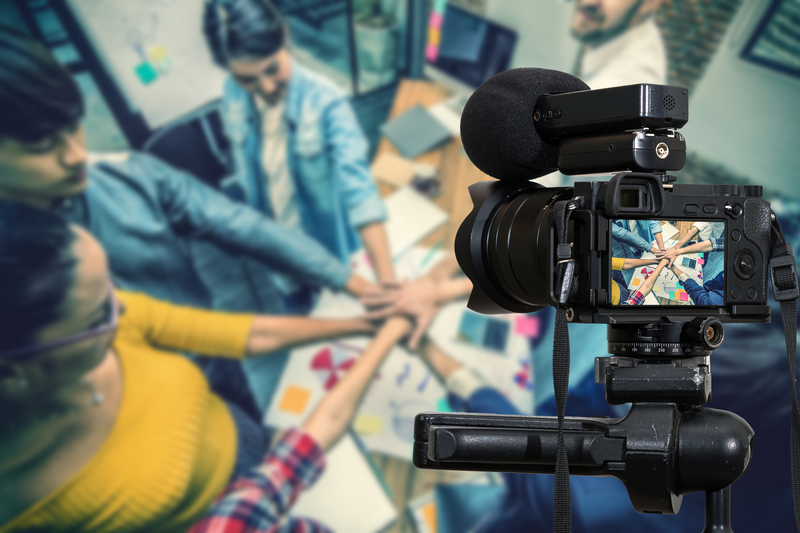ATD Blog
3 Tips for Video Production for Microlearning: Keeping Costs Down
Mon Apr 22 2024

When I hear the words film production or video production, I think $$$$. That instantaneous reaction dates back 20 years, to the day my wedding videographer gave me a price.
What? You want to charge what?
Fast forward two years beyond our wedding, and my dad passed away. Now, the only video capture I have of my dad speaking to me is on that 2004 video—a documented treasure that’s priceless to me.
Before understanding the video production business, I thought, What’s so hard about hitting play and doing some editing? The truth is, in an L&D context, the hard part is the patience and time that it takes to plan an effective microlearning project with video at its heart.
Video production is no different than any other project and should be treated as such. There are moving parts, it’s usually more complicated than assumed, and you must be ready to pivot when things don’t go as planned.
Let’s explore three tips for video production for microlearning, and I’ll give you some ideas to help keep your expectations and costs in check.
Tip 1: Plan, Plan, Plan
It’s not exaggerating to say that 80 percent of your time should be spent in the planning phase. From the shot list to the shooting schedule to final editing, the outcomes must be defined, including the goals of the videos, number of videos, and basic content.
There’s no guarantee that any L&D project will remain on time and under budget, but for video microlearning, it’s extremely helpful to have a business-savvy project or program manager to keep the timelines and costs under close scrutiny.
Suggested Tools: Excel (character development or SME avatars), Miro (course outcomes, flow, and storyboarding), StudioBinder (script writing, shot listing, and production scheduling)
Tip 2: Keep the Crew Small and Roles Defined
Video production is Instagram worthy and a fun attraction for people who want to be on set and to have a role in the project. But you must draw a line about who is involved and who is allowed to be on set during production.
Clearly defining roles and responsibilities helps to avoid confusion and keeps costs lower. Running a smooth production operation is dependent on having the right people on the right job.
Being on set can be stressful, or it can be relaxed and organized; it all depends on how well you implement Tips 1 and 2.
Tip 3: Streamline the Post-Production Process
If you plan your project well, the post-production phase (also known simply as post) should go smoothly.
Questions to consider to avoid lapses in communication and reworking your videos:
Where will the media be stored?
How will the media be organized?
How many editors?
Do we need a generalist or specialist editor?
What is the approval process?
How many rounds of edits?
How many people get a say in the final product?
You should get these questions answered before you start in post, because if you try to figure it out on the fly, you will waste precious time and resources.
Suggested Tools: Adobe Premiere Pro, any cloud storage, Adobe Creative Cloud, Frame.io (video reviews and notes)
Note: Production files can get big, so invest in some external hard drives for media storage.
Once you’ve completed a successful video production project, the outcomes can be immensely rewarding for you, your teams, and your learners! And if you are creating videos to connect with your learners, you are on trend with the way learners want to learn.
Instead of oversimplifying the elements of a video shoot like I did at one point in my life, approach your microlearning video production by spending the majority of your time on the front end to plan, plan, plan. Once you are satisfied with the plan, keep your crew small and the roles well defined. Lastly, streamline the post-production process by answering some organizational and process-related questions.
Your learners will thank you.

